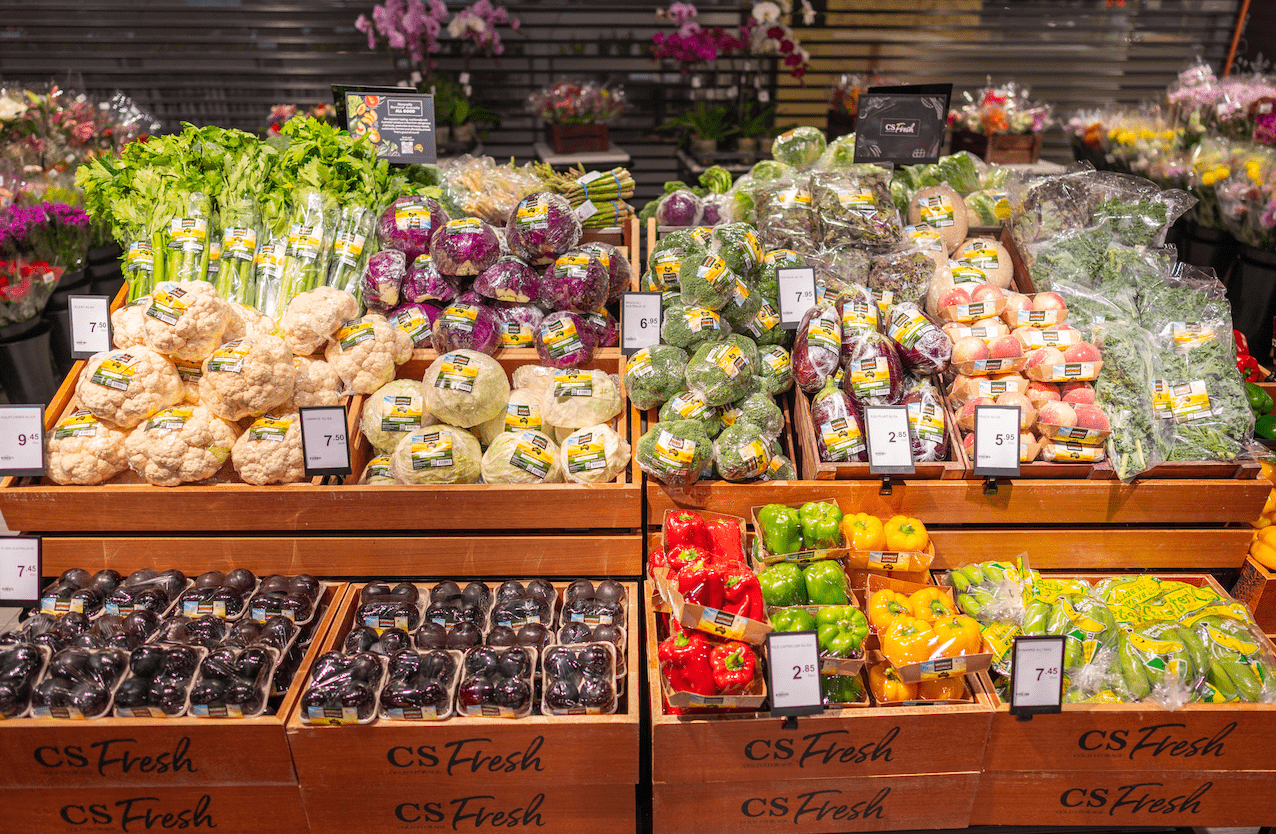Generally, foods that have high sugar levels or are highly refined have a higher G.I. or glycemic index. That means the body absorbs them quickly, giving a quick peak in insulin and energy, which is soon followed by a drop. So once you’ve consumed a packet of sweets or a piece of white bread, you’ll feel an immediate satisfaction in hunger, but what you’ve consumed won’t have any long lasting effects—in a short time you’ll be feeling tired (from the withdrawal of glucose) and hungry again.
But not all carbohydrates have this effect. Unlike the Atkins’ diet, one doesn’t have to cut out low G.I. carbohydrates or those that are more slowly absorbed into the system (such as wholemeal pastas or wholegrain breads).
And even better, some fatty foods can be eaten. In theory, if the body has less sugar to burn for energy, it will need to use fat stores instead. But before you run out to consume a block of cheese or some streaky bacon, common sense still prevails, so intake should be in moderation.
Is it In or is it Out?
When looking at G.I. tables look for foods with numbers of 55 or less. Avoid all foods that have a G.I. of 70 or more as they are considered high G.I. Here are some general principles.
Avoid:
– Sugars (and yes, that includes cakes, cookies and soft drinks, including sports drinks).
– Refined carbohydrates, such as white rice and breads.
– Potatoes in every form, especially fries.
Choose:
– Complex carbohydrates, such as wholegrain breads and oats.
– Foods with high fiber content, such as most leafy vegetables.
– Proteins, such as lean meats.





